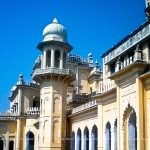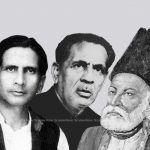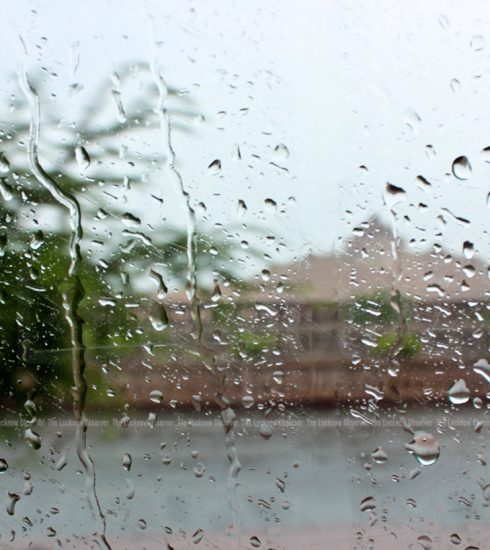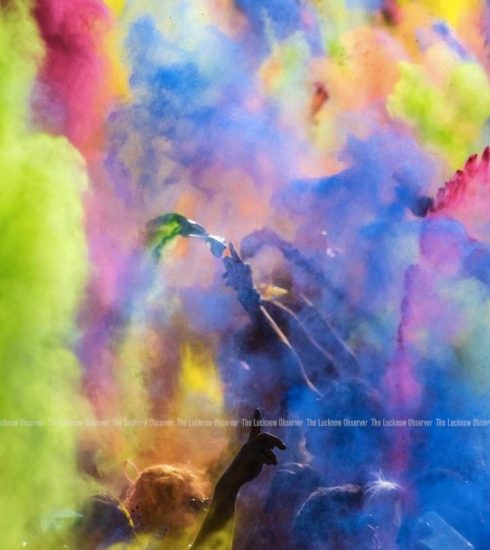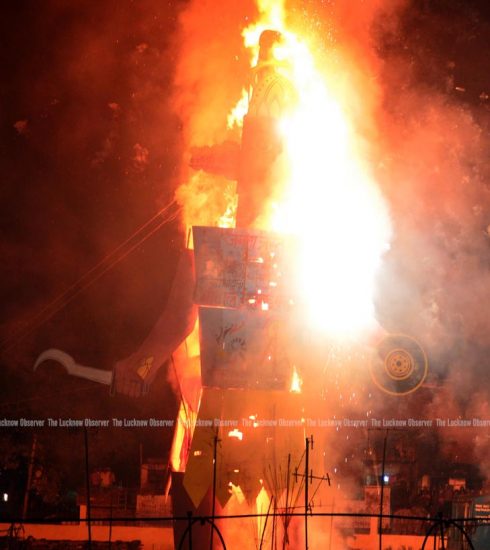Mirasi
Folk Singers of Awadh
On the fading image of the renowned culture of Lucknow and the realm of Awadh, which colour has not been filled, whereof the class which has not been penned down by men of literature. Now if anything more is said then it seems to be nothing new. Yet authors are still writing and will continue to do so, and orators will continue to speak and listeners would be eager to listen to its tales.
The history of Lucknow and the towns (Qasbaat) in its vicinity is older than the history of the Mughal Empire. The reservoir of knowledge and philosophy; of valour and awe; of wealth and elegance had spanned out as the child of this historical homeland and its acclaim of culture and etiquette; its language and parlance and its style was extolled all across the globe. Lucknow’s gentry took finesse in manners to such a great height that today the world’s populace takes pride in imitating it.
In the darbars of this province the class of artisans like butlers, orderlies, mimics, folk singers, potters and goldsmiths gained rapid recognition as the darbars’ culture flourished. These people, though, were not literate, they certainly, were experienced and were so remarkably crafty that their jargon and wisecracks would go over the head of the well-heeled, and if someone understood he or she would beat their forehead on realization of its meaning. And a person of refined taste would lavish them with gifts and esteem. It was this segment of the society which adorned the abodes of the rich and famous of Awadh. Localities comprising of these artisans got inhabited in and around Lucknow and they took pride in being identified by their specific profession. They also got their off-springs married within their own communities. The households which engaged them would be identified among their community, on the basis of the connection, as their patriarch, and God forbid a fellow-professional if they dared to enter their threshold (deodhi).
In that classified arrangement wherein, on one side, the differentiation between high and low existed, therein, on the other hand, these folks were considered as members of the elite families. When the aged nawan came the children of the house were told to greet her as their dadi , when a daughter came with her kids from her in- laws house the mirasin (folk singer) was told that her grandchildren had come and she would bless them affectionately. “O Almighty, this garden may remain green forever. May Allah keep you safe and sound. May the house of mian bloom forever, Parwardigar ye chaman hamesha hara bhara rahe, Allah salamat rakhe, Mian ki deodhi hamesha abaad rahe”.
The smaller but primeval towns in Lucknow’s vicinity like Baragaon, Zaidpur, Bilehra, Kakori, Sandila, Rudauli, Khairabad became the hometowns of the primal families of mirasis. On occasions of weddings, chauthis, Eid, Bakhrid and other festivities these mirasis and mirasins would be ever present with their troupe at the doors of the elites of the towns. However, when the condition of the darbars dwindled this class was compelled to abandon their ancestral profession and the new generation switched their priorities.
Nevertheless, an age-old family of mirasis of Baragaon still exists which is connected to their ancestral profession till date. The patriarch of the family, Mir Abdullah, hailed from Baragaon in Barabanki district. He had left his village to lead a life of selfless-devotion in the service of Haji Waris Ali Shah. From among his sons, Ghulam Hazrat, earned a lot of fame in his era. Ghulam Hazrat’s sons Naimullah and Azimullah also carried forward their profession and their daughter-in-law, Rafia Begum, still goes with her group of mirasins to specific households on various occasions.
Though these folk singers are considered as ‘low class’, they have kept alive our cultural traditions like their elders done till today and present renditions of their compositions in accompaniment of dholak, harmonium and clapping in unison only at exclusive gatherings which appreciates their talent. At weddings and other ceremonies connected with it, the mirasins and mirasis sing mubarakbads, sehra, banrey and rukhsatis.
“Ba toohi mehfile shahana mubarak bashad
Labey yaron labey paimana mubarak bashad.”“Banake gul-e-taaza ka baghbaan sehra Jo sar se
bandhega nausha naujawan sehra.”
Similarly, at change of season when the mango trees start flowering the mirasis would pluck a twig (baur) and come to the house of a landlord to sing basant bahar.
When the newly wed bride leaves her father’s house they sing rukhsati.(babul)
Kahe ko biyahi bidesh lakhi babul
As a prank (bhapti) with the mother of the groom (samdhan) they would sing:
“Samdhan aayee hain bun thun ke karke singhar
Phoolon ka gehna pinhan dungi samdhan.”
Besides these festivities, these mirasis knew nauhas, soz and marsiyas which they recited in zenani majalis during Muharrum. They were also well versed with the ghazals of prominent shayers like Jigar Moradabadi and Amir Khusrau.
It should be our endeavour to encourage these folk singers by inviting them regularly to various festivities so that they could meet their needs and this dying art could survive in this age of new gadgets and gizmos.
Writer is a corporate professional and an expert of Lucknow’s heritage
This Article has been Translated from Urdu By S.M Rizwan
Ahmad Irfan
(Published in The Lucknow Observer, Volume 1 Issue 12, Dated 05 March 2015)




